I'm unable to find a definitive answer to this (trust me, I've looked, unless it's right under my snout) so please do point out the correct answer if I have. I'll feel foolish but at least then I'll know!
This isn't about mirrors, etc. but more specifically something I must have missed although I'm sure it must have something to do with output impedance, I can't wrap my head around the idea that we always (seem) to use NPN transistors (or N-type mosfets) to sink current from a load and vice versa. Even writing this, I'm starting to question if I have that the right way around... My poor noodle is all a tizzy over this.
Assuming the device is saturated (BJT) then all the current flows through the circuit equally with a little bit extra coming via the base-emitter junction to drive it. With a beta of 100 that's probably a fairly insignificant quantity.
My best guess was this would apply with split rail voltages (referenced to ground) but I've seen NPN and PNPs used as sources and sinks in single rail applications without explanation and that's where I'm stumped.
What am I missing here? It must be so obvious that I can't see it.

